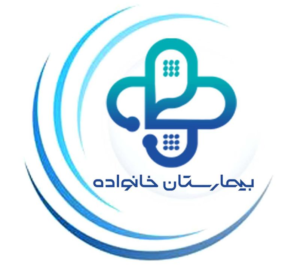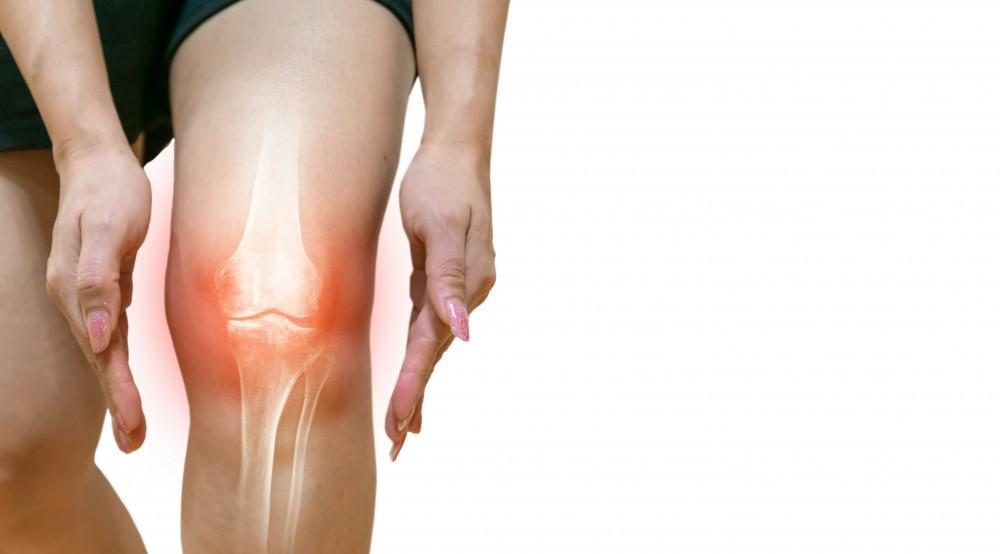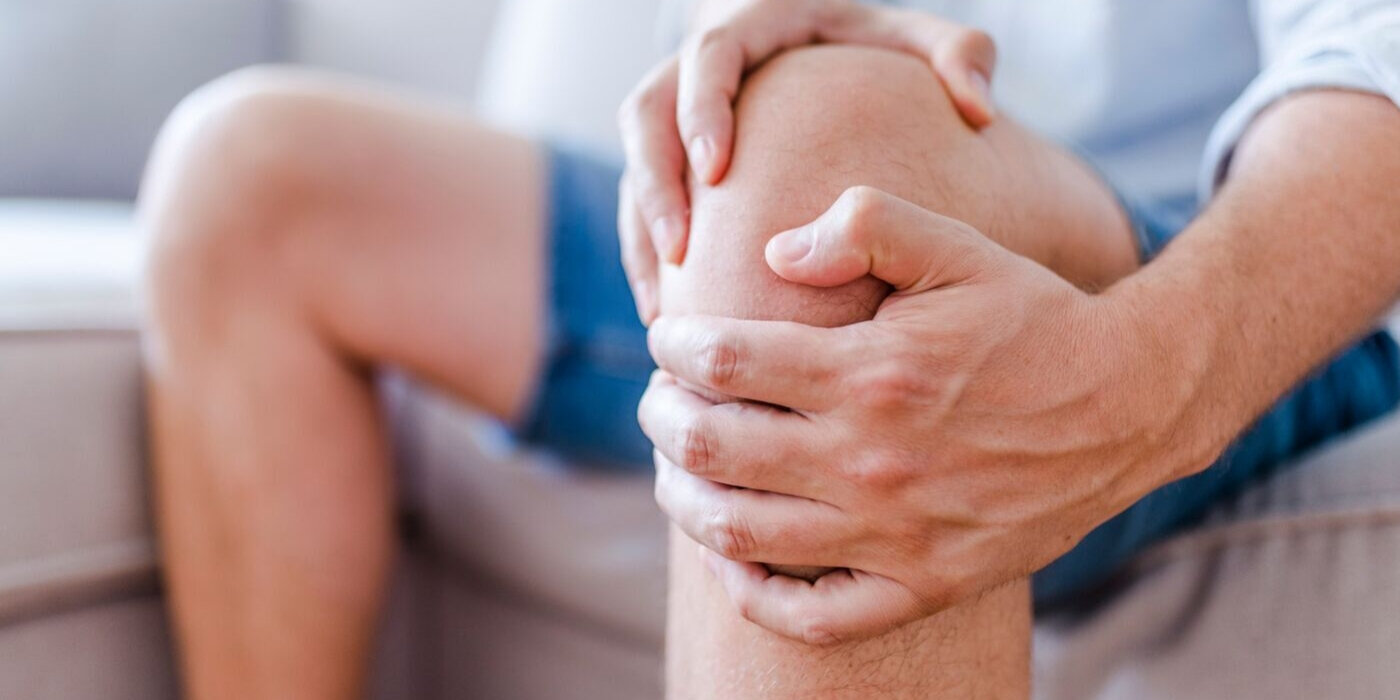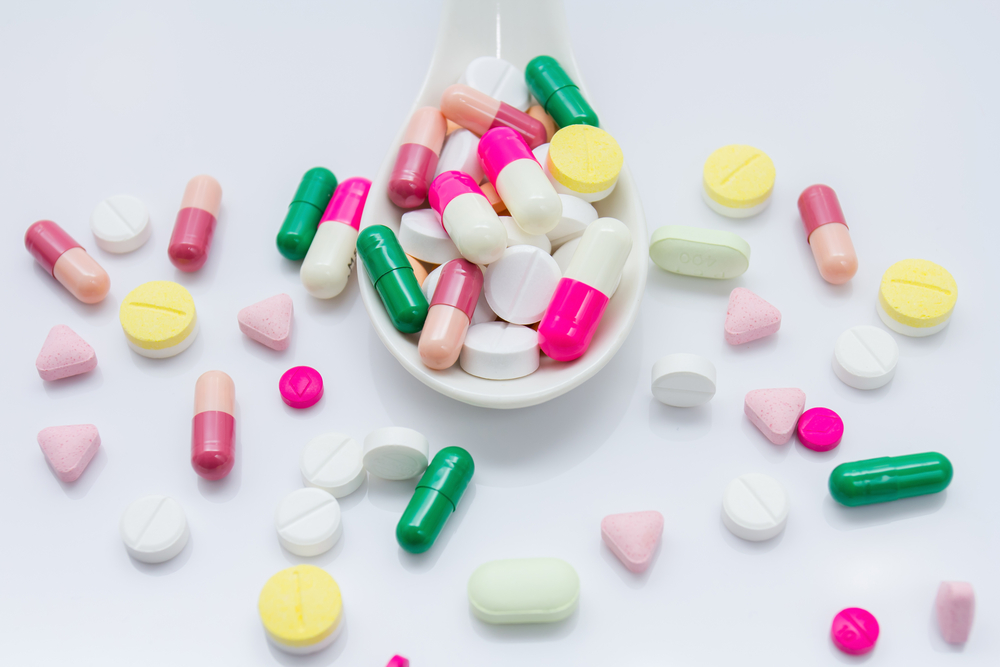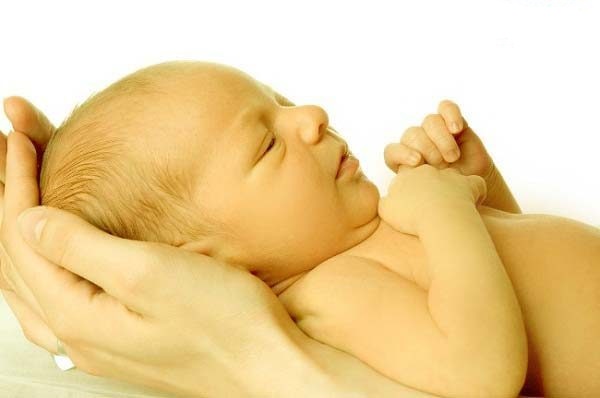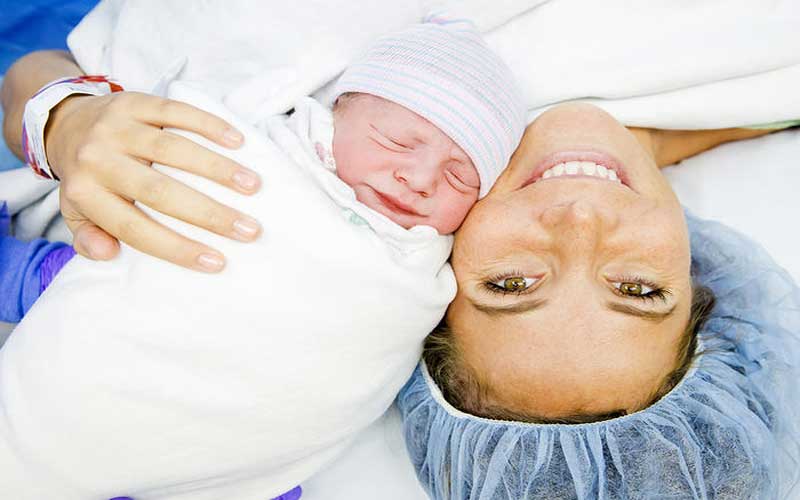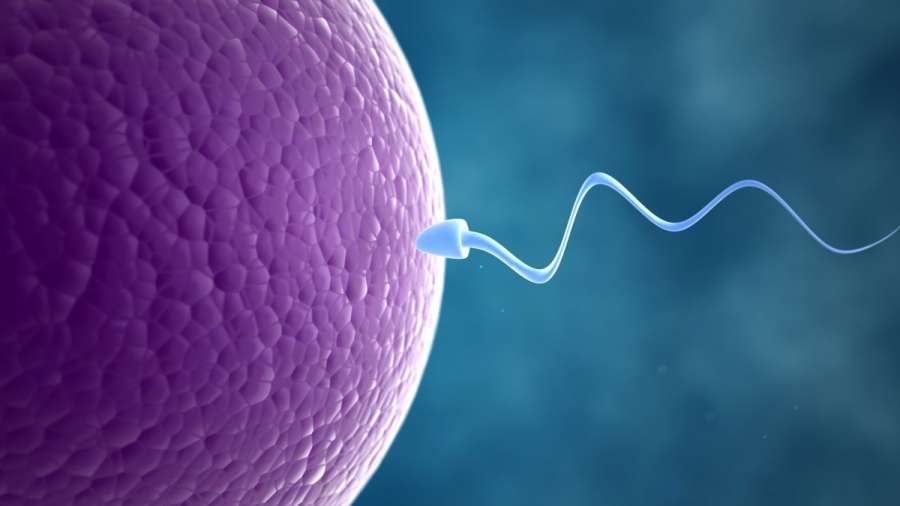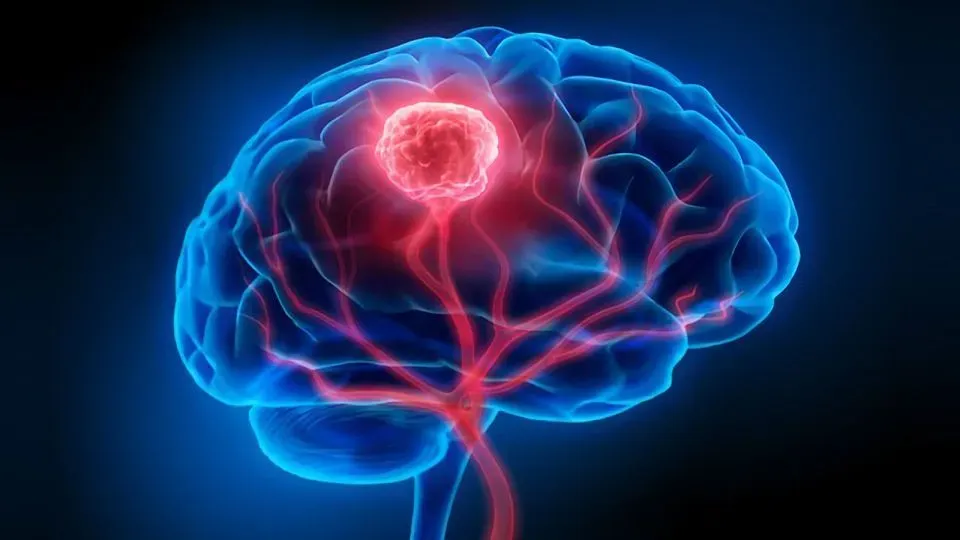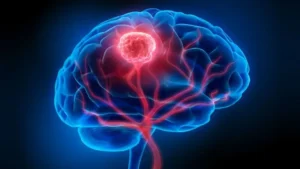Rupture of knee ligaments is usually caused by a sudden accident (such as a sports injury, fall or car accident). Ligament rupture causes pain and instability of the knee joint and the feeling of emptying the knee
Symptoms of ligament rupture
Swelling and knee pain and emptying of the knee are symptoms of knee ligament rupture. Also, the range of motion of the knee joint may be limited in people who have ruptured knee ligaments.
ACL (anterior cruciate ligament)
ACL, the anterior cruciate ligament, is the main ligament supporting the knee joint. This ligament prevents the leg bone from moving forward or rotating it relative to the femur.
PCL (posterior cruciate ligament)
It is the thickest and strongest ligament in the knee, which prevents the tibia from moving backwards or rotating in relation to the femur.
Surgical treatment
For this purpose, the surgeon will replace the torn part of your ligament with a tissue graft. This tissue graft actually acts as a scaffold for the ligament so that the ligament can reattach itself. This tissue graft can be taken from different areas. This graft is usually taken from the knee patella tendon. This tendon is located between the kneecap and the leg bone. The hamstring tendons on the back of the thigh are another widely used source for grafting to the ligament. In some special cases, the quadriceps tendon is used, which is connected from the patella to the femur. Finally, in some cases, grafts taken from other donors may be used. The use of each of these grafts has advantages and disadvantages.
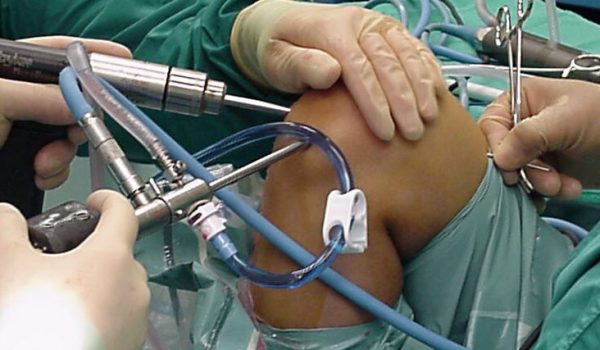
You can ask your surgeon about this and discuss the choice of surgical method with him so that the surgeon can determine which ligament grafting method is most suitable for you. Because the ligament takes a long time to grow and repair, it may take a person 6 months or more to return to their former sports activity.
Arthroscopic surgery
Anterior cruciate ligament repair surgery is performed using an arthroscope and through very small incisions in the knee. Arthroscopic surgery is a closed and minimally invasive surgery. The advantages of arthroscopic surgery are that the patient feels less pain, spends less time in the hospital, and recovers in a much shorter period of time.
- Complications and warning signs after surgery
- Infection in the form of redness and continuous heat and inflammation and swelling
- Foul-smelling secretions, yellow pus
- Blood clots in the knee
- Ague
If you see the mentioned symptoms, you should see a doctor immediately.
To relieve swelling in the first days after arthroscopy, you can use a cold compress according to the guidance and advice of the attending physician.
Care of the dressing
After the operation, a dressing will be placed on the surgical area. Until your doctor gives you permission to open it, you should keep it completely dry and clean. After removing the dressing, you can go to the bathroom, but so that the wound does not get wet
Recovery
People who have ruptured knee ligaments should first of all carefully follow the instructions and recommendations of their doctor or physiotherapist, and if the doctor or physiotherapist has prohibited or restricted putting weight on the knee, use crutches or braces according to his instructions. do These patients should take painkillers and anti-inflammatory drugs as prescribed by the doctor and avoid activities that cause knee pain.
